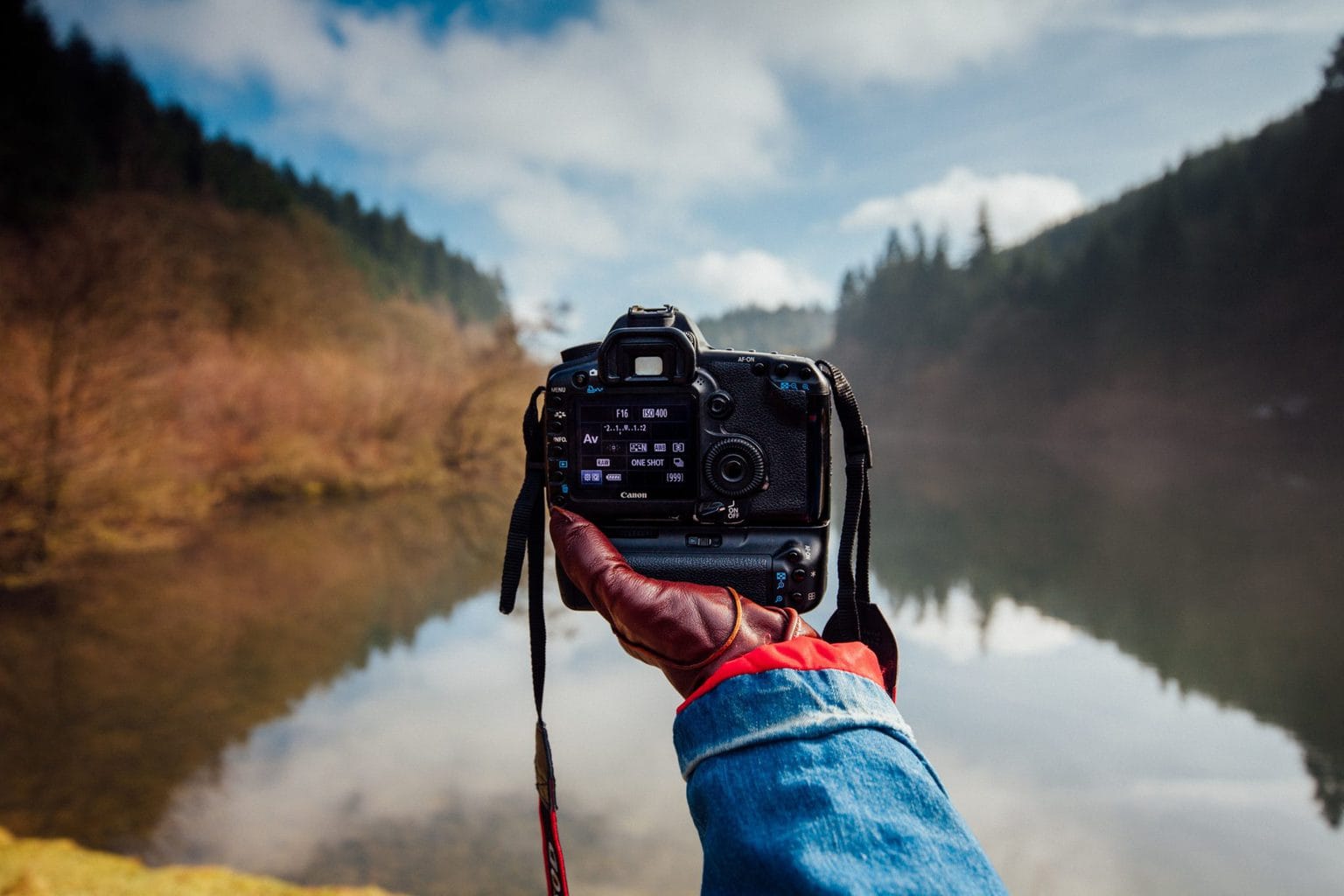Are you a traveling photographer or travel photographer? !! Congratulations!! You start reading the most complete guide to travel photography that circulates on the net. settle down
It doesn't matter if your love of travel or photography came first , or if they came hand in hand. In this mega guide you will find everything you need to know. I offer you tips, advice, ideas, inspiration and everything you need to combine these two passions.
As you can imagine, this is a fairly extensive guide. It is not to read in five minutes, but to dedicate time to it and return to it whenever you need it, so I recommend that you put it somewhere where you have it handy to refer to it whenever you want.
WHAT IS TRAVEL PHOTOGRAPHY?
Travel photography is a photographic discipline that consists of documenting a geographical area through the capture of photographs of its landscapes, cultures, customs and inhabitants.
TRAVEL PHOTOGRAPHER EQUIPMENT
If I had to sum up the equipment of a traveling photographer in one word it would be easy: light.
That will be the first premise in terms of equipment for photography and travel. Now, it is not the same to be a traveling photographer who wants to immortalize his travels than a traveling photographer who travels to take photos. In the latter case, the equipment will be somewhat more specific depending on the type of photographs you are looking for.
Although the final decision is yours. To know what equipment you need, I would like you to answer this question first:
QUALITY OR COMFORT?
- If the ability to take different types of shots and their quality is more important, you can think of taking a complete kit such as an SLR or an evil camera with various lenses, an external flash and even a tripod.
- If you are more concerned with comfort during the trip, it will be more practical to take something more compact such as a bridge camera (or bridge camera) with a very versatile zoom and a small support flash (optional). The tripod can be replaced by a tripod-clamp to be able to hold or support the camera somewhere.
- If the above still seems too complicated for you, then your ideal team is a pocket compact or one of these compacts with a heart-stopping zoom .
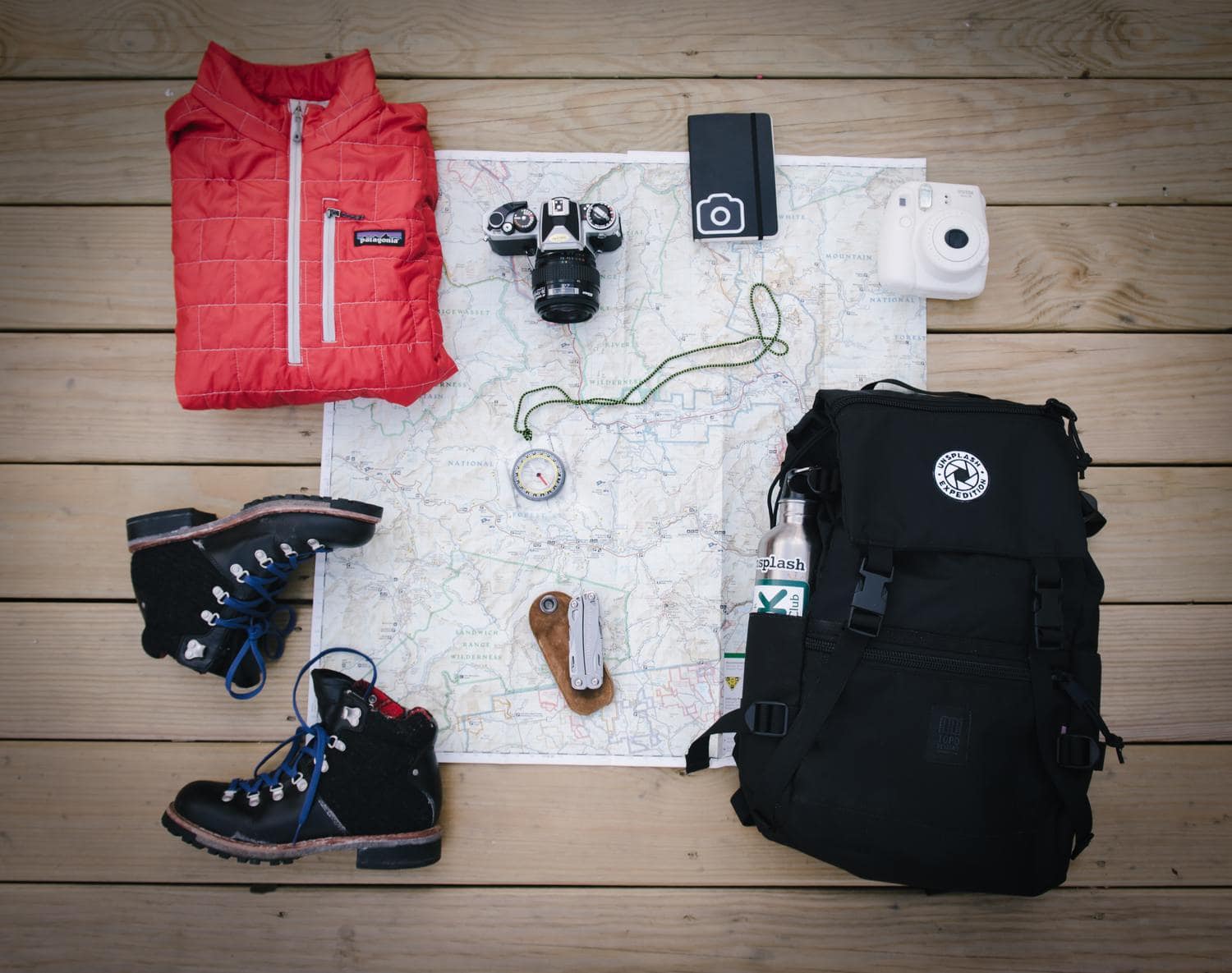
CAMERA FOR TRAVEL PHOTOGRAPHY
Let's start with the camera, because of course, without it there is no photo. Here are some of the ones that we have been recommending on the blog for travel photography, (although here you will find another seven cameras ):
- PentaxXP
- Fujifilm X-T20
- Olympus OM-D E-M10 MarkIII
- Lumix DC TZ95
TRAVEL PHOTOGRAPHY LENSES
If you decide on a compact camera or a bridge, you can skip this section. Conversely, if you opt for an SLR or mirrorless camera, here are our lens recommendations for photography and travel.
I return to the premise of traveling light, so leave all the items at home just in case and take only what you really think you are going to use.
TRIPOD FOR TRAVEL PHOTOGRAPHY
If you are looking for a good, stable, versatile tripod that folds up a lot, this Vanguard Veo 2 can be a good option for your trips. Other travel tripod recommendations include:
- Andoer Q666
- National Geographic
- K&F Concept SA254M1
- Neewer
- Neewer Mini Tripod (mini size)
However, in this guide to buying a tripod , in addition to purchase recommendations, you will discover what aspects you should look at when buying one.
Now... tripod yes or no? Here there is no single rule, the use of the tripod may be necessary or totally useless and only you can know. If you are going to take a lot of landscape photos, or at night, I recommend that you take one, even if it is a small one.

On the other hand, if what you are going to photograph the most are people, portraits, daily life in the city markets, then, the most normal thing is that you do not need a tripod. In this case it is better not to take it because more than anything it would get in the way and you always have the option of resorting to this…
Tip!: The cheapest and lightest tripod is a piece of rope. Attach the shoe to the camera and tie a string long enough that you can step on it with your foot while pulling tight and pressing the shutter button. To improve stability lean against a wall. With this trick you will be able to take photos with quite long exposure times without it being barely noticeable in the photos.
TRAVEL PHOTOGRAPHY BACKPACK
Choosing a good backpack to carry your camera and especially the lenses that you are going to use is essential for the proper development of a photographic trip.
Using 2-3 different lenses can drive you crazy: every time you need to change lenses you will waste time looking for a place to rest the backpack, open it with one hand while holding the camera strap with your teeth, remove the lens with your another hand, try to grab the other target from the backpack… oops, the target has the lid on, you need to drop the backpack to be able to remove it… grrrrrrrrr!!
Most frustrating.
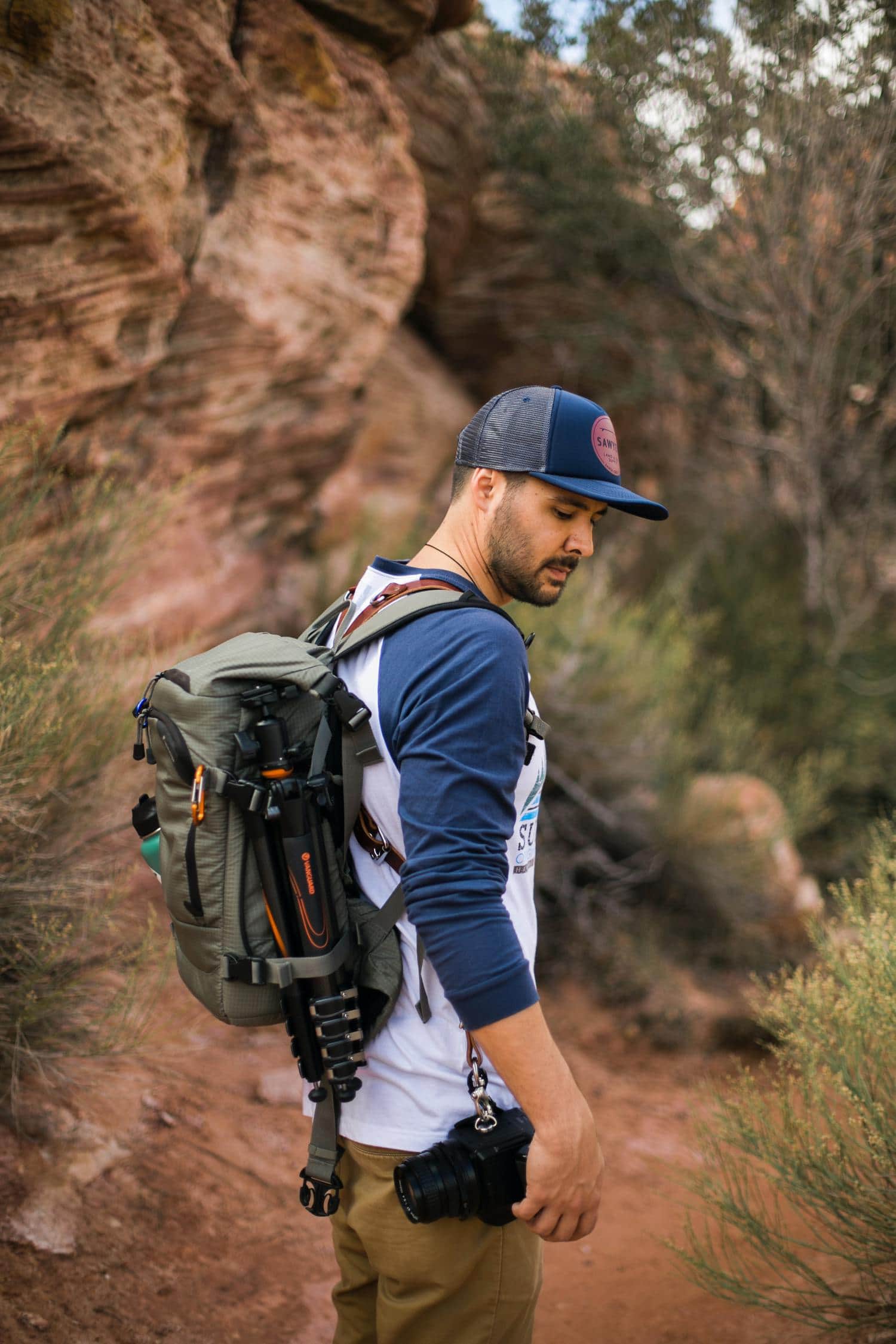
A good backpack will help you organize your objectives and keep them easily accessible. In this article you will find tips for choosing the right backpack , but in summary, you should keep in mind that:
- weigh as little as possible.
- be waterproof.
- fit the equipment you plan to travel with and neatly or easily accessible.
- offers you security (against blows and possible thefts).
OTHER TRAVEL PHOTOGRAPHY ACCESSORIES
I have already said that the premise is to travel light, however, there are some accessories that you should not leave at home, mainly because they weigh and take up little space and can save you from many troubles.
Essential, in my opinion, are a spare battery and various memory cards, but there is more. In this article we tell you what accessories will be really useful for photographing your next trips.
And if you're thinking about aerial photography , don't forget to bring a drone, yes, don't jump in without reading this first .
PHOTOGRAPHY AND TRAVEL: PLANNING
Are you impressed by the travel photos that appear in guidebooks and magazines like National Geographic? Well, read carefully: these photos were not taken by the photographer by chance while he was enjoying a vacation, but were destinations investigated and premeditated in advance.
Therefore, the first thing you will have to do is plan your trip well, that is obvious, but have you planned it photographically speaking?
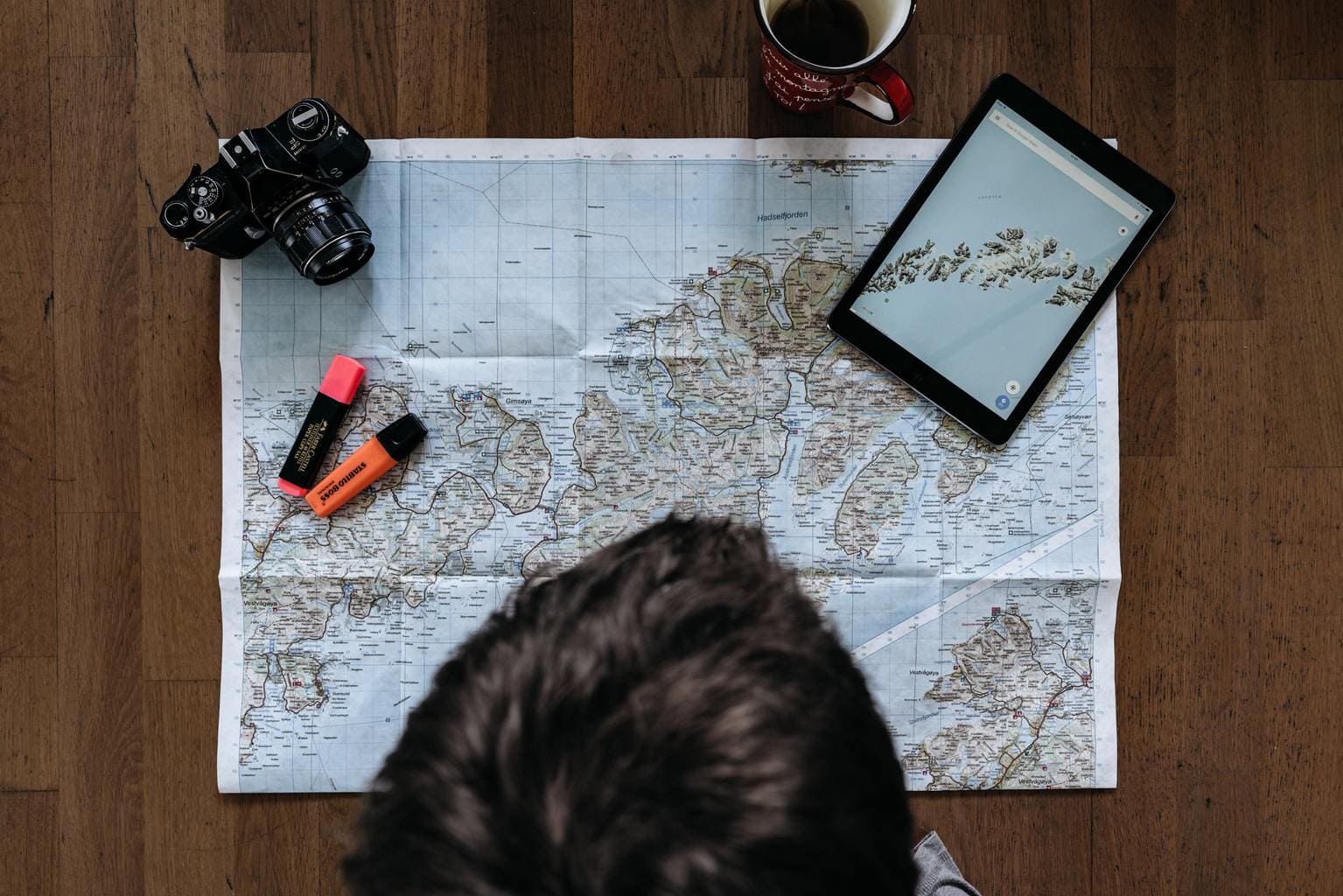
To do this planning you will have to do the following:
- Choose a photogenic destination : A serious photographic trip requires that the choice of destination be based on the photos you want to take. Almost always when we choose a travel destination (holidays, etc.) we do so following various criteria, and we don't remember the photos until the last moment, when we already have our suitcases packed. If you want to enjoy good travel photography, try to decide the destination based on the type of photos you plan to take: virgin nature, desert landscapes, local markets and ethnic customs, etc. Find out before making any decision.
- Avoid excessively tourist destinations: In a correct travel photography, tourists should not appear in the background. The figure of the tourist that appears in the background contaminates the essence of the place portrayed. My advice is to avoid these types of destinations or, at least, try to go in low season, so you can enjoy a few moments of tranquility.
- Make a list as detailed as possible of the places you want to visit , at what time it is possible to visit them or when it interests you. Prepare the best time and place from which to photograph that monument or landscape, that is: taking into account the light.
- Look for information on the Internet about those places , their hours, their conditions or rules for taking photos, etc. In some places the use of the flash or even the tripod is not allowed, in others it is totally forbidden to take photos. You will avoid more than one disappointment.
- Also find out about the history and characteristics of the place you are going to, think about how to put the photos together to tell a story with them, I will tell you how shortly.
- Observe and analyze photos of these locations , both the official souvenir postcard type and those of other more creative amateurs or professionals. Do a search on Google Imageswith the name of the place and you will surely find hundreds of photos to inspire you. Take note of the most original ideas, what you would like to do and also what you want to avoid . You can also try Pinterest, flickr or 500px.
- Look for alternate routes and unfamiliar places so your photos will look better.
- Choose the equipment based on the photos you plan to take, so as not to take too much or too little.
- Make a list of everything you need and cross off so you don't forget anything.

HOW TO PHOTOGRAPH TRAVEL
A trip is a story and that is how it should be told. When you photograph your travels, the objective is not to make a collection of stickers of monuments, frame so that everything comes out and click, done, for the next monument.
No, photographing trips is transmitting experiences, telling the world what you are seeing, what you are feeling and always through your gaze. If you have nothing to tell in your image, there will be nothing to listen to.
PHOTOGRAPHIC GENRES FOR PHOTOGRAPHY AND TRAVEL
One way of telling the journey in a personal way is to narrate it through a series of photographs. As you can read in this article and as I told you before, travel photography encompasses different and varied genres:
- Portrait photography. Portrait photography serves as a bridge to introduce you to the locals, tell us about their customs, their physiognomy, their character, how they have welcomed you in that more or less distant land. If you are going to do a stolen portrait, follow these tips. On the contrary, if you are looking for an approach and you are going to ask for permission, I have two very important recommendations. The first, strike up a conversation with that person before asking to photograph them. Always smileand make a little connection, this will go a long way in not only getting her to agree to being photographed, but in capturing more than just an exotic face. My second recommendation is that you have the adjustments ready before asking him to look at the camera, otherwise you will kill the moment if you start to readjust. Goodbye spontaneity.
- Care! Before taking a portrait or a stolen portrait, it is advisable to find out about the particularities of the country in question. In some countries it is very frowned upon to photograph women and it can cause you some complications.
- Landscape photography. Who can come back from a trip without capturing the landscapes they come across, be they urban or natural landscapes. Landscape photography is not easy, it requires practice and some basic knowledge. Nor do you need a landscape worthy of a tourist guide, but a unique look, yours. There is no ugly landscape, but a photographer with a lack of experience ? . Escape from the clichés, from the typical postcard landscapes and try to make the landscape show what you like, what you feel or how you see that place.
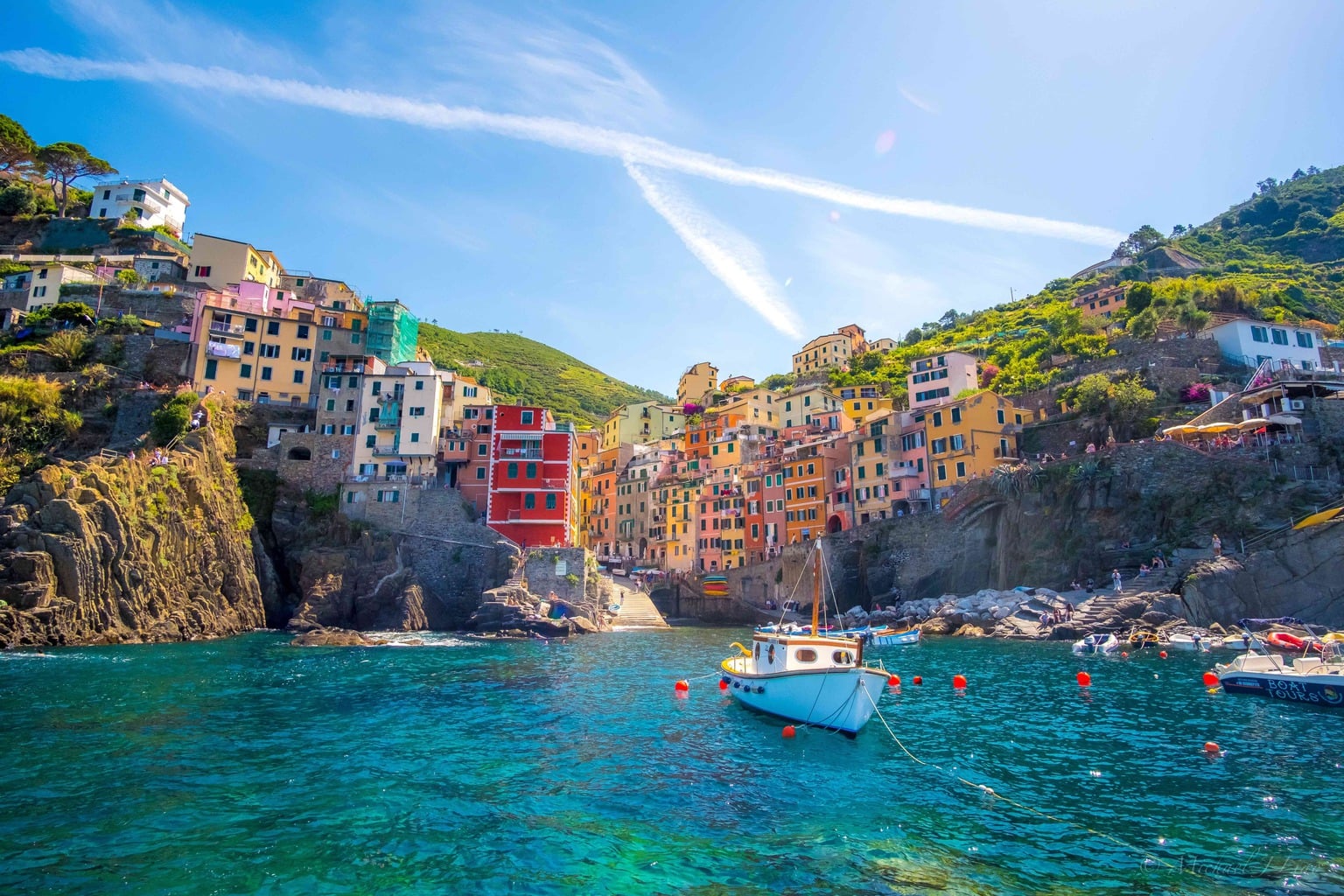
- Nature photography. Closely linked to landscape photography is nature photography, also very diverse. In addition to the landscapes, this discipline allows you to show the flora and fauna of the place, both outside and inside the water, it all depends on how fishy you are ? .
- Documentary photography. It may be that you opt for a more realistic type of photography, travel lends itself a lot to documentary photography. Another genre that you have the opportunity to explore.
- Street photography. When the trips are to cities or towns, it is inevitable to capture the soul of the streets , the stories that inhabit them and the relationship of people with urban elements. Markets, squares, transport stations or bar terraces are very suitable places for this type of photography. Although it is necessary to differentiate street photography more focused on emotion and history from urban photography , more aware of technique and aesthetics.
- Architecture photography. Architecture can vary so much from country to country. The trips are also an excellent opportunity to practice architectural photography and show the world the works of that land. Monuments, buildings, sculptures or even interiors may be the object of your interest as a photographer.
- Food photography. Many travelers are moved by the stomach, gastronomic photography is another of the most recurring disciplines in travel photography. The color, the textures, the diversity of foods are also delicious for the photographic eye.
It is likely that one type of photography attracts you more than others, however, your traveling spirit will make you see in each of the genres a possibility to capture the soul of your trip.
Over time, you will become a most multifaceted and versatile photographer and each of these disciplines will serve as a resource to tell your experiences. Because, as a traveler, you surely have a lot to tell.
TIPS FOR NARRATING YOUR TRIPS WITH PHOTOGRAPHS
I just told you how to narrate your trip with a series of photographs, that's one way. But it is not the only one. In fact, each of those photos , separately, must contain its own narrative and here I tell you how to do it.
TECHNIQUES TO BRING YOUR TRAVEL PHOTOS TO LIFE
Using the technique to tell stories is another tool that you have in your hand. Beyond using color to convey sensations or including the human element to bring your photos to life , you have techniques that can help you reinforce your message or attract the attention of the visual traveler. Some of them are:
- Swept
- Long exposition
- high and low key
- bokeh
- silhouettes
- silky effect of water
Finally, although it is not a technique as such, it is a resource that you can use to create different and impressive images, it is about taking advantage of adverse weather conditions to photograph . If you want ideas, here are 15 images you can take depending on the weather.

PHOTOGRAPH TRAVEL IN YOUR OWN STYLE
For the typical travel postcards, we already have these, and the photographs of the tourist brochures or the catalogs of the travel agencies. If what you want is to dedicate yourself professionally to nurturing these, perfect, follow that line.
However, if you want to go further, tell stories, excite, move the viewer to that place, that smells the same as you, that feels the same as you when you press the shutter, my friend, you will have to make a little effort. and photograph with one's own look.
Of course you can be inspired, but not to copy, but to fill yourself with creativity, so that your laboratory of ideas gets going. Finding your own photographic style is not a matter of one day, nor two, but it is a path that you must follow so that your photos are truly yours.
HOW TO TAKE TRAVEL PHOTOS. TIPS AND TRICKS
Get ready that a very complete section is coming. Perhaps you already know enough about photography and what you are looking for are specific travel tips, such as the ones I am going to present to you right now. But you may be new to photography and require basic concepts, so we will also talk about them.
TIPS AND TRICKS FOR TRAVEL PHOTOGRAPHY
- Take photos from the first moment. The preparations for the trip are also part of it.
- Photography in the means of transport including the plane (or the means in which you travel). For that you must be attentive and request the window seat in which the wings of the plane do not block your vision. Take the opportunity to take aerial photos.
- In addition to the typical places, it also seeks to bring out the customs and everyday characters.
- Take pictures of the local people… but first ask them for permission, not only to take the photo, but also if you plan to publish it or upload it to your social networks (later I will talk about an application to obtain permission if you want to market with them).
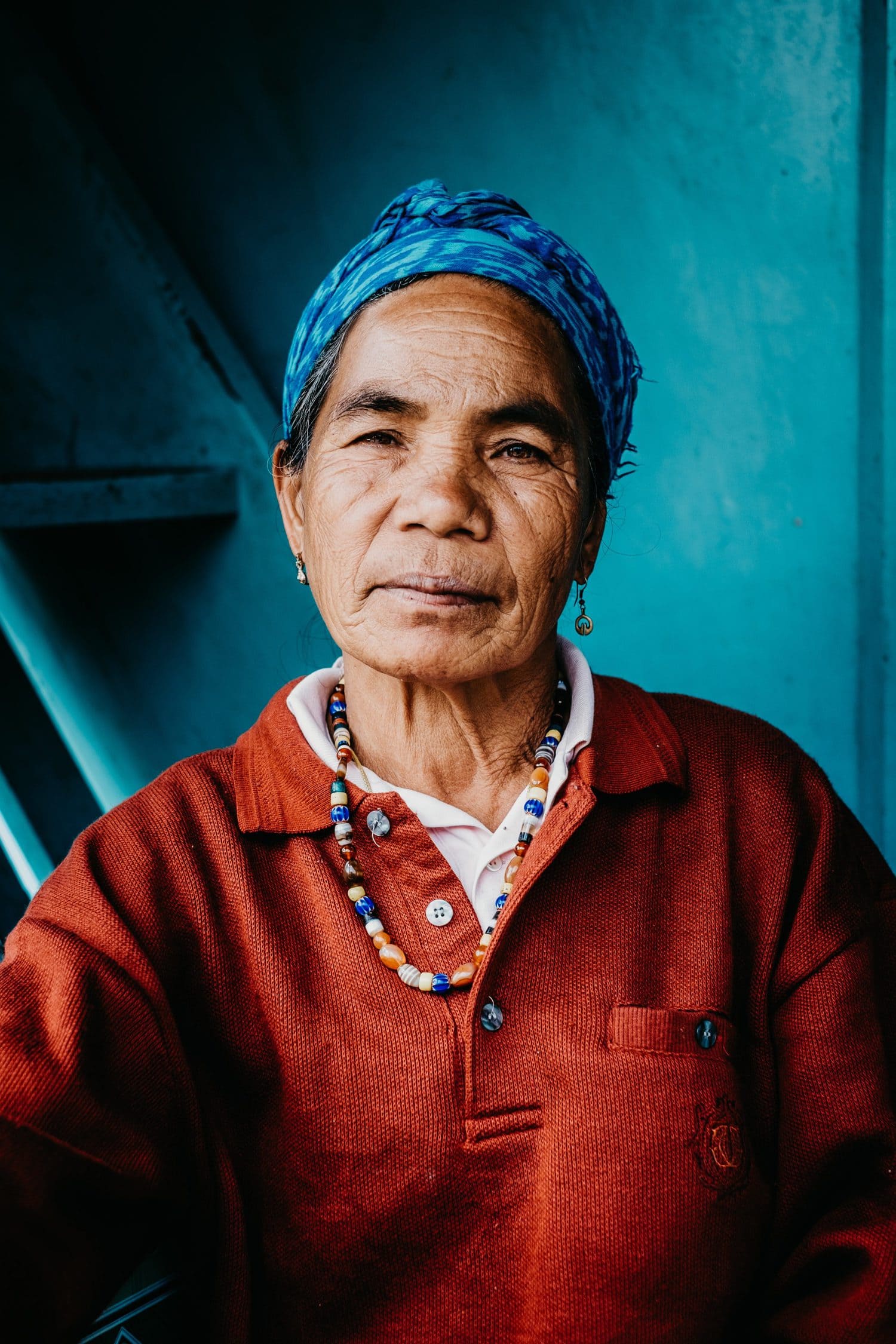
- If you photograph your travel companions in a space or in front of an important building or monument , take a short shot of your friends, half length or closer. Otherwise they will be so small that they will not be appreciated in the photograph.
- Get up early (and then go back to sleep): Getting up early you will find some natural (and urban) scenes that you could not even imagine. Really. Some landscapes that throughout the day seem ugly and without any interest become, at dawn, authentic photographic attractions. This is due to the soft effect of sunlight during dawn. Getting up early also allows you to get different photos than everyone else: deserted and empty streets, markets that open and close early, etc.
- Trick: For this advice to be possible , it is essential that you think at night that you are going to get up very early and, above all, have the idea that after a while of photography you are going to go back to bed to sleep a little more. That's what I do: I get up very early, do a photo session and go back to sleep peacefully to regain strength for the rest of the day. If you don't do it like this, it is very likely that you will not be able to get up at dawn and everything will remain a frustrated intention.
- Above all, try to do things with common sense, discretion and education. When in doubt, ask and smile. Always smile.
- Surely you will have to take photos in museums or in other interiors. To get them perfect, review this article on how to take photos indoors correctly.

- Always have your camera ready, you never know what situations may arise.
- Hold your camera correctly to get sharper photos, sometimes when we travel we go so fast and excited to discover everything new that awaits us around the corner that we overlook this.
- Finally, when you return from the trip, make a rigorous selection. Consider the selection as if it were a projection, at 4 seconds per photo, you should be able to see the selected photos in 3 or 4 minutes maximum. If it gets longer you can bore your audience.
Not! That the advice does not end here, in this article we have prepared for you 100 express tips and tricks for your travel photos. And finally, the mistakes that you should never make in terms of photography and travel .
Now yes, I leave you with some basic concepts that will help you locate yourself if you have just arrived in the photographic world. If you already control all this and you don't feel like reviewing it, shamelessly skip them and go to what interests you ?
BASIC CONCEPTS
The first rule of thumb to avoid automatic mode and achieve more creative photos that are in keeping with your own style and what you want to share with the rest of the world is to know the triangle of light and how it works. Once you master it, you will be able to work in both Manual Mode and Semi-Manual Modes.
The objective is to achieve a correct exposure, that is, to achieve images that are not too dark or too light (unless there is an intention behind it). If you have questions about light and exposure, you will find all the answers here .
LIGHT AND TRAVEL PHOTOGRAPHY
Light, in addition to being the fundamental and essential ingredient in any photograph, has another much more creative mission. Depending on the type of light in the scene, you can transmit very different sensations. It is not the same that you photograph with hard light than you do with diffused light . Just as capturing a landscape at sunset is not the same as at noon. Each moment has its advantages and disadvantages.
In short, one light is never better than another, but more or less appropriate for the type of photography you want to do. In this article you will discover the different photographs that you can take on your trips throughout the day, depending on the light.
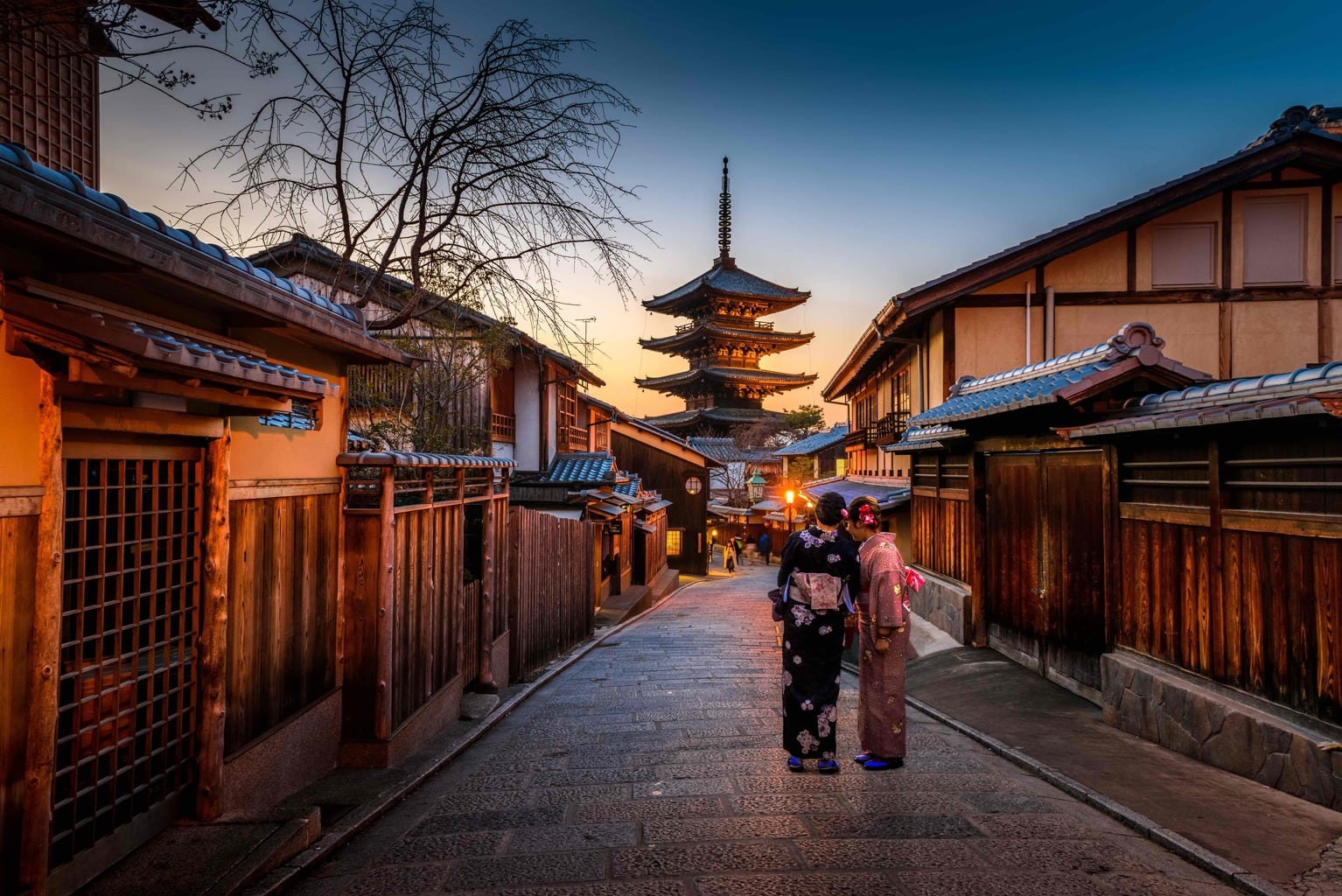
COMPOSITION FOR TRAVEL PHOTOGRAPHY
After the light, the aspect that you should take care of your image the most is the composition. A good photograph may not be technically perfect, but it may have an interesting composition. The reverse will never happen. It can be technically perfect, but with a bad composition it won't be a good photo because it will lack interest.
In this infographic you will find the 10 golden rules in photographic composition . And if you still want more, don't miss these 100 quick tips to improve the composition of your photos.
TECHNIQUE VS. SOUL IN TRAVEL PHOTOGRAPHY
No, they are not close. In fact, you have seen a moment ago that technique can be at the service of emotion. I have already told you how you can transmit sensations with the different techniques; and how important it is to narrate stories in each of the images and excite to achieve the public's attention . I wanted to remind you here, within the tips and tricks for your travel photos because it is a fundamental point.
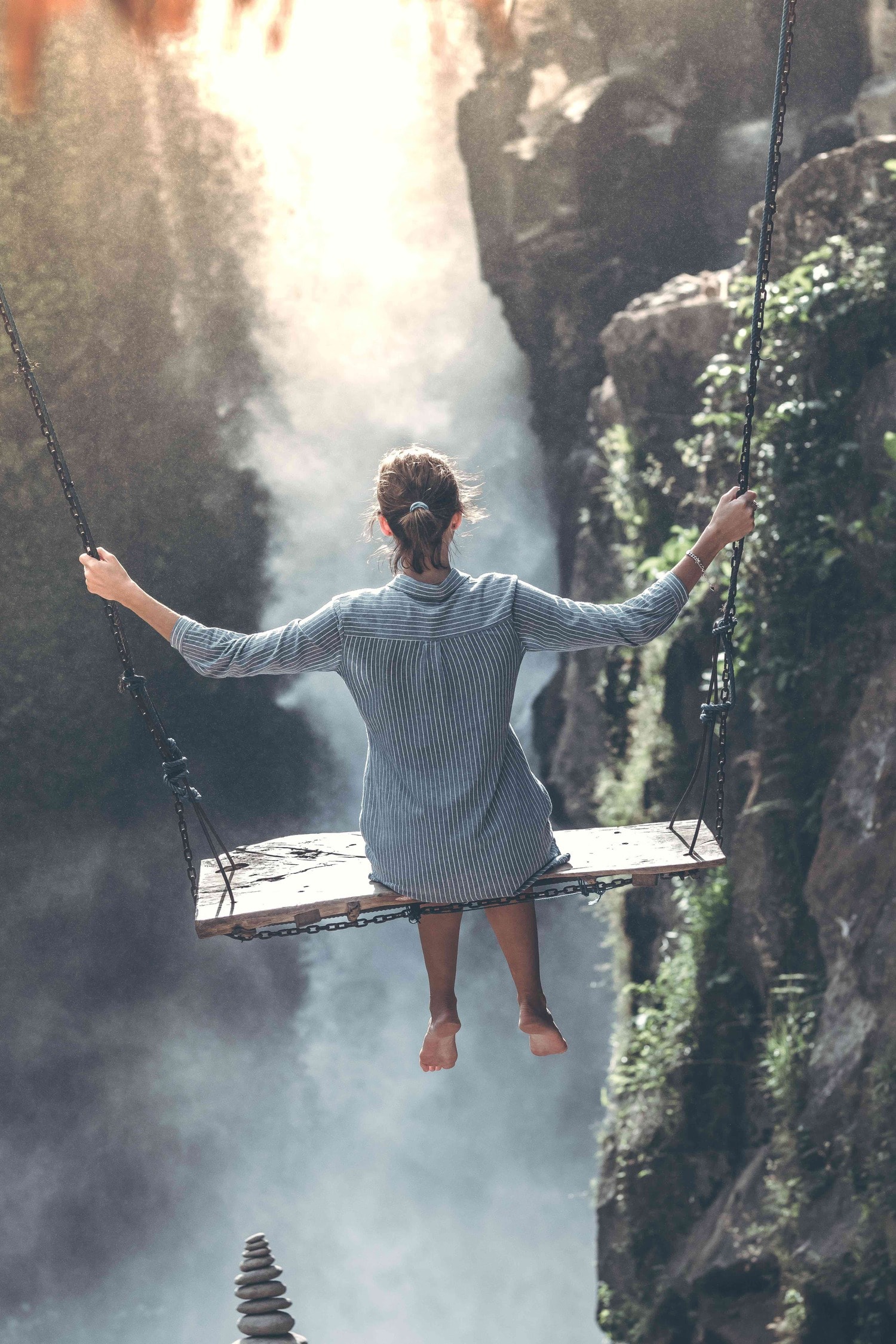
JPG OR RAW
Both JPG and RAW have their advantages and disadvantages. I would tell you to photograph RAW, in this way you will capture all the information and you will be able, in the processing, to achieve the final image that you always had in mind.
However, if editing is not your thing, if you want to shoot and that's it, you are looking to save space on your cards and hard drives, it is clear that yours is the JPG format .
Of course there is a user who is in the middle. If you are one of those who want a RAW to edit the image to your liking, but also have JPGs to share on social networks from scratch, yours is the JPG+RAW format, although remember that it takes up much more space and is not the most effective format for burst shooting.
There is also the option of using two cards if the camera has a double slot, one for JPG and one for RAW.
MAKE FRIENDS WITH THE LOCALS
A traveler, in my opinion, differs from a tourist in several aspects, but there is one that I consider fundamental. A traveler interacts with the locals. This relationship provides you with great experiences on a personal level, as well as some advantages as a photographer.
In this last aspect, which is the one that interests us here, connecting with the people of the place will provide you not only with possibilities at the level of portraits, but you will also be able to discover places that you would not have access to in any other way. The most typical sites (not the most touristy), but the most typical for them. Their customs, their daily life or the most remote landscapes will be revealed to you if you manage to connect and live with them. The markets are a good place to establish contact, although there is nothing like getting lost in the less central streets.

A trick that the great Tino Soriano recounts in his book (which I'll talk about later) is to always take photos of your family and your way of life (don't be too ostentatious if it's a place where there's a lot of scarcity). Showing them to them will help you connect with them and make them see a person of flesh and blood behind you and not a tourist with a camera.
COLOR PHOTOGRAPHY AND TRAVEL
Your trips can be told in two languages, in color or in black and white. Both are equally valid, everything will depend on what you want to tell and how. The important thing is that you see the image before shooting, that you know if it will be a color or grayscale photograph, because the composition will not be the same.
If you decide on color, here we tell you how to master it to achieve the best compositions . This helps you convey sensations and emotions, so you should also take care of the color temperature of your images .
BLACK AND WHITE PHOTOGRAPHY AND TRAVEL
If you choose to focus more on the stories, for a more documentary style, you will surely be interested in these tips for photographing in black and white .

PHOTOGRAPHY AND TRAVEL: EDITING AND DEVELOPING
When you take a photograph, which is very different from taking it , there is an intention behind it. You have an idea in mind, a photograph in your head that most of the time is quite different from what your camera, a machine, is capable of achieving.
The distance from that image to the one you had in mind is shortened in the editing program, with the processing. It is not necessary to remove from here, put there, it is simply a matter of readjusting lights, shadows, color temperature, or whatever is necessary to achieve exactly what you have in mind.
You don't need to be an expert in Photoshop or Lightroom , in fact there are plenty of programs online (and free) with which to edit your photos .
And if what you want are basic basic adjustments, do not miss this article to touch up your photos without knowing .
HOW TO MAKE A LIVING FROM TRAVEL PHOTOGRAPHY
Making a living from travel photography is no longer an easy thing, nothing is impossible of course, but in this age it has become complicated. Now, don't get discouraged, be it your main income or an extra you can always sell your travel photos.
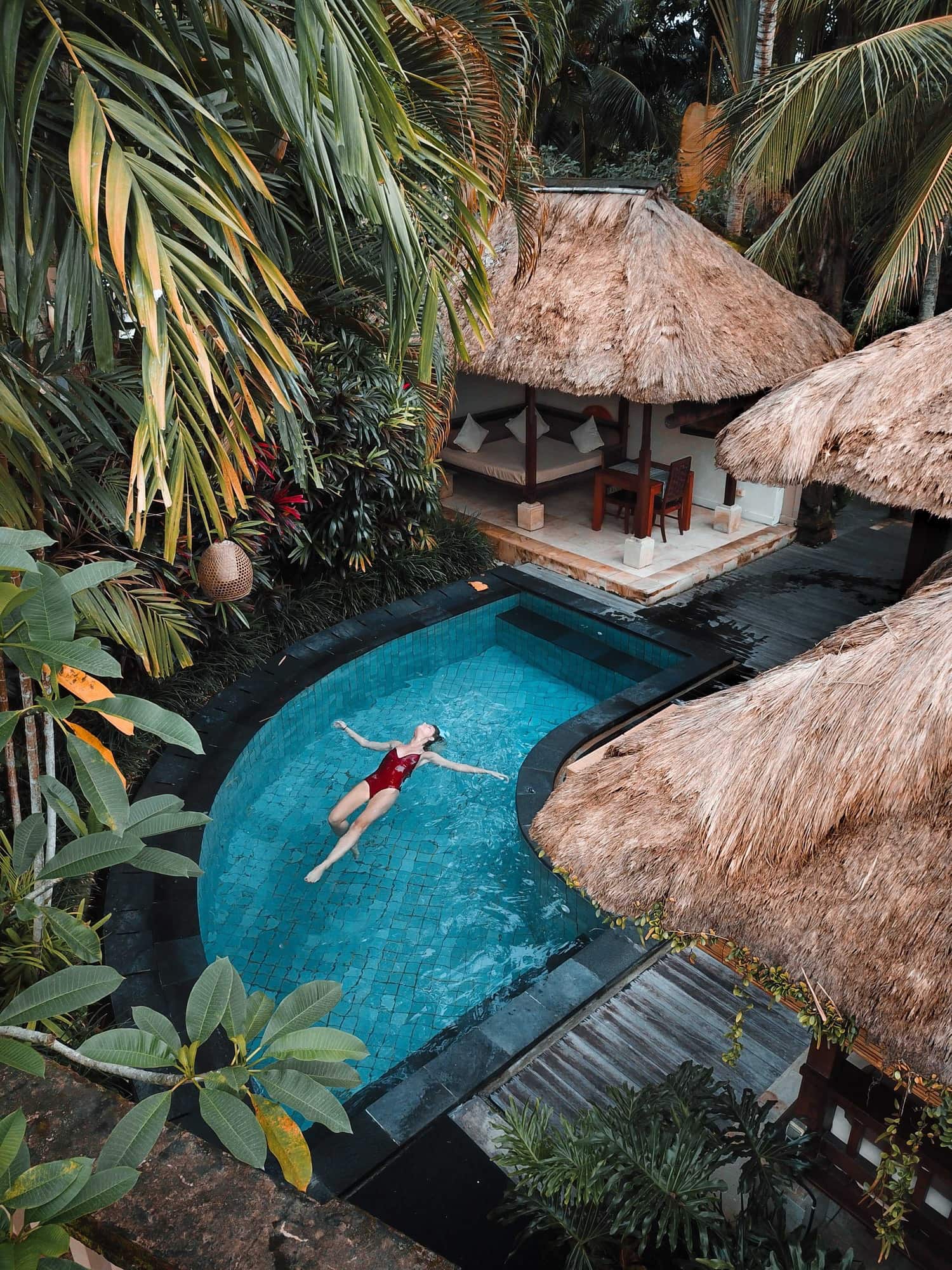
TIPS FOR SELLING YOUR TRAVEL PHOTOS
If you want to sell your travel photos, I recommend that you follow these tips:
- Plan your trips as a professional photographer, your objective is not "I am going to have a good time and if that is the case, I will be able to sell some photos" . Your goal is to take photos to sell them.
- Set specific goals and objectives.
- The most commercial photos have more output than artistic photos.
- Be demanding and self-critical with your work. Learning and control of the technique are essential.
- Analyze who you can sell the images to (publishers, photo banks , tourist agencies, hotels, etc.) and what kind of photos they are looking for.
- Select the photos to send according to the recipient.
- Take photos in different formats (vertical, horizontal and panoramic) so that they can be adapted to the layout of the medium to which you sell them.
- Specialize in a subject or in a type of photos.
- Create a specific gallery or web page, nothing to mix your personal photos with professional ones on social networks. Try to be as professional as possible.
- But don't forget social networks either, many orders can come to you through them.
- Do not give away your work, if you do not value it, others will not.
DESTINATIONS FOR TRAVELING PHOTOGRAPHERS
This section can be somewhat pretentious because destinations for traveling photographers are all! What place on the planet is not photographable?! Surely some attract you more than others because of your tastes and your interests, but no corner of this planet Earth is wasted, right?
Now, there are already sooooo well-known places... All those who have been before you with their cameras have been giving you long teeth. And surely you already have your own list of the places you would go tomorrow with your camera as the only company, right?

I wonder how many of this list of photographic experiences and destinations you already have on your list . Surely more than one. Others I hope to be the culprit of the temptation. You're going to have to put more than one piggy bank ?
I eat? What are you dying to do one of these trips but it turns out that you are in the parenting stage and things get complicated? Nothing happens! You can also travel with children, in fact, we have another list of photographic destinations with children . What did you like the idea?
And if you are very much in the spirit of Santa Claus or similar, do not miss these other irresistible Christmas destinations.
MOBILE APPS FOR TRAVELING PHOTOGRAPHERS
What would be of us today without applications, right? Luckily, you have a lot of applications for photographers, planning, camera, editing, storage, etc.).
On the other hand, as a traveler (photographer) I also recommend these other applications:
- Google Translate ( iOS )/ android): Unless you are a language gifted or only travel within your country, this app will become your best friend ?
- 1Weather ( iOS/ android): This is one of the most complete applications in terms of weather forecasting.
- Easy Release Pro ( iOS/ android): This is the application that I was talking about at the beginning where you can collect all the data and the signature in the form of authorization of the person you are portraying. Authorization is available in 17 languages! This application is very useful if you intend to market with photos.
- Osmand ( iOS )/ android): If Google Maps needs no introduction, this GPS needs no data and works very well.
- Lenstag ( iOS/ android): It is an application that it is better not to have to resort to, but it is better to be safe, right? If you register your photographic equipment and it is stolen, mark which part has been stolen. In this way, if someone tries to sell it, the potential buyer can verify that it came from a theft. In addition, it allows you to search the network for photographs taken with that equipment.
- AroundMe ( iOS )/ android): To find establishments that you need around you (a restaurant, a supermarket, etc.).
- XE ( iOS )/ android): XE is a free currency converter. With it you can easily know the value of your currency in other countries.
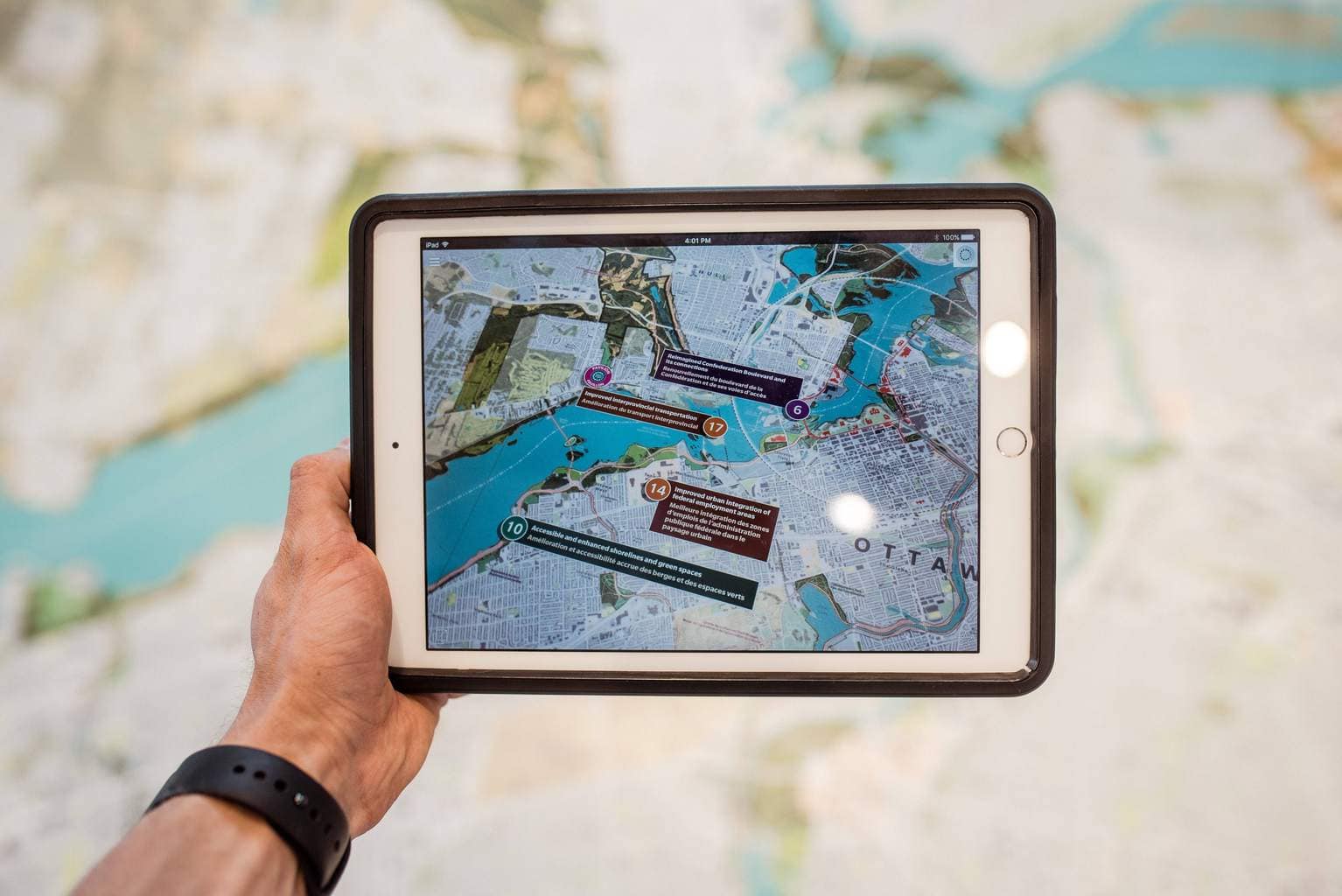
OTHER INTERNET RESOURCES FOR TRAVELING PHOTOGRAPHERS
- sunsetwx: On this website you can find out what the sunsets and sunrises will be like, the weather, whether or not there will be clouds, etc.
- tide table: If you plan to visit remote beaches to photograph them, it is important that you know the state of the tides. Don't get nasty surprises.
- lightpollutionmap: Helps you find the places with less light pollution. A must have for night photographers and star and Milky Way chasers.
TRAVEL BLOG
You already know the Photographer's Blog, a blog where you can find everything you need to take photos ? . Now I leave you with a few blogs that will help you with the logistics of the trip:
- Living on a trip
- jump with me
- diary of a liar
- with backpack
- the travelers
- marking the pole
- traveling around
- Intriper
These are just a few examples, maybe you already have your top ten , if not, you can start with this list until you find your favorites.
RECOMMENDED PHOTOGRAPHY AND TRAVEL BOOKS
If you are left wanting more, you are looking for a guide in which you have all the information contained in a single document, or on paper to put it on your shelf or learn more points of view of photography and travel, I recommend these books:
- Traveling photographer : Our digital book. If you start from scratch in photography, with this guide you will not get lost. In addition, you will find recipes to achieve those photographs that you want so much.
- The secrets of travel photography : The great Tino Soriano tells you about his experience as a professional travel photographer. A great communicator, a great photographer, a great book.
- Photograph Iceland:Ok, yes it is very specific, but this book by Paco Farero is essential if it is one of your favorite destinations (itineraries, locations, photographic techniques, etc.).
- Ansel Adams Yosemite: A joy for the eyes. If you like landscape photography and black and white, this book by Adams will be one of those great treasures in your bookstore.
- The Photographer's Eye (Field Guide): This mini-size book by Michael Freeman (Blume Publishing) is out of print, but if you catch it secondhand or can borrow it, it's ideal to refer to while traveling.
TRAVEL PHOTOGRAPHERS
In this list you will find different travel photographers who will inspire you wherever you go.
- Tino Soriano
- Ami Vitale
- Adrian Stein
- Timothy Allen
- Lola Akinmade Åkerström
- david duchemin
- Karen Dias
- Vu Theara
- Johan Lolos
- michael freeman
- susan seubert
PHOTOGRAPH AND TRAVEL SAFELY
The traveling photographer doesn't just make a living from taking photos... safety is a fundamental aspect. There are four basic points:
- Avoid the theft of your photographic equipment , your photographic life depends on it ?
- Protecting your gear in adverse conditions , you never know when a storm might hit.
- Backups of the photos, at the end of the day, make sure you download the photos and make a backup.
- Be careful with cultural restrictions, I have already told you about it, but I insist because a carelessness in this aspect can cost you a displeasure. Or a scare, like the one I had at an airport, if you want to know what happened to me, I'll tell you in this video.
TRAVELING IN TIMES OF COVID
I bet that is something that has crossed your mind, is it safe? Is it a good idea to travel in the middle of a pandemic? The decision is a very personal one, of course. I will always tell you that the important thing is to be prudent and use common sense, in addition to following the health recommendations.
The advantage is that prices have plummeted and there are far fewer tourists, so this part is an excellent opportunity to travel, as well as being a historical moment to document.
On the other hand, it can also be a good opportunity to get to know those spectacular places that you are surely very close to and to which you have never thought of going. Sometimes we are surprised by the wonders that we have just around the corner and that we were unaware of. That is also traveling. Don't miss out on opportunities.
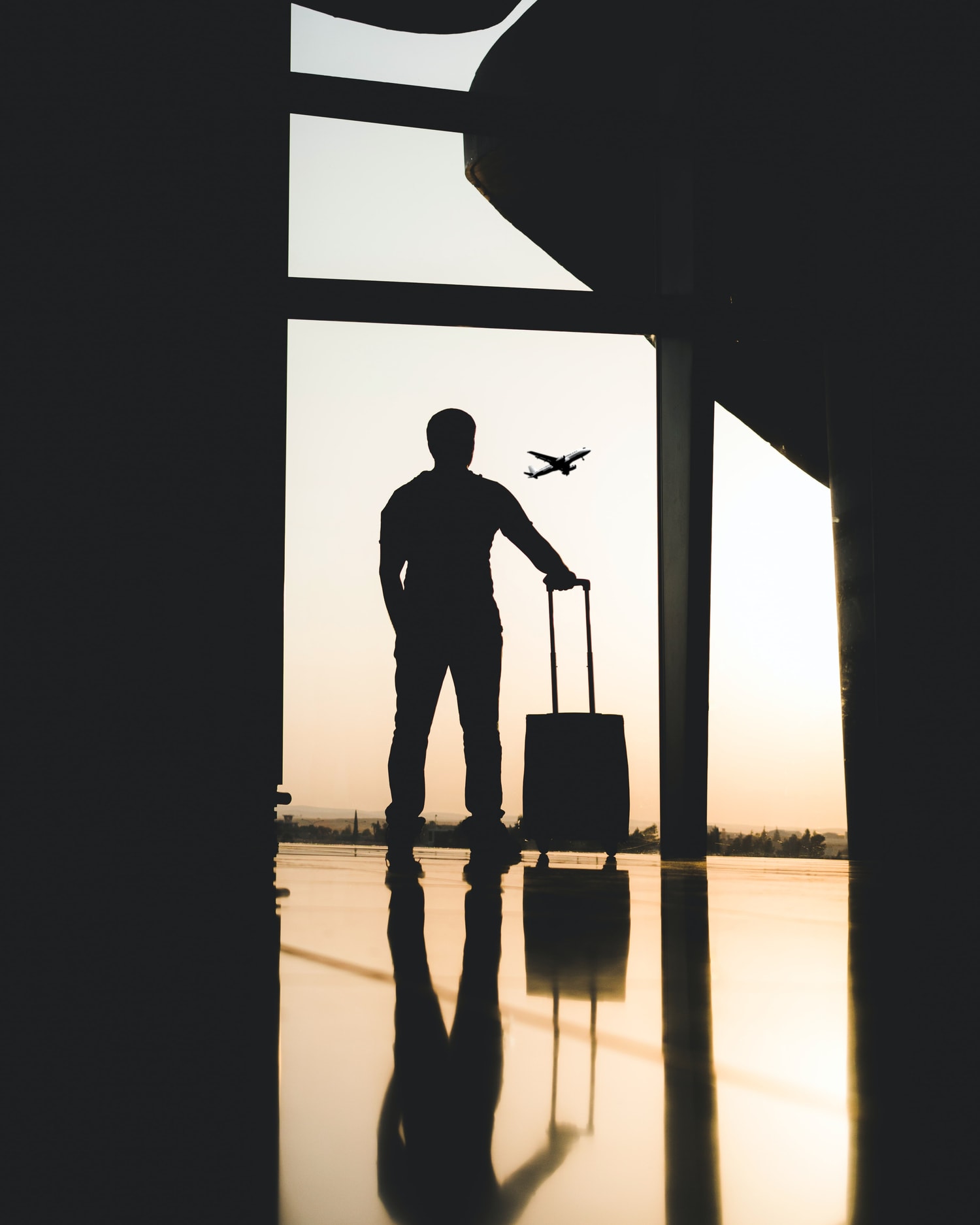
INSPIRATION IN PHOTOGRAPHY AND TRAVEL
Although I have given you a list of books and travel photographers in advance, I would like to leave you with a selection of photos so that, in addition to inspiring you, they will awaken the itch for your next trip and, by the way, you can jot down some ideas . Here's another dose of our traveling readers.
IDEAS TO PRINT YOUR TRAVEL PHOTOS
The most serious and terrifying mistake you can make with your travel photos is to leave them forgotten on a hard drive. I can't imagine a sadder ending than that. All the effort, all the illusion thrown overboard. A trip that feels deserves a photo that touches.
That's why I don't want to say goodbye without leaving you some ideas to bring your photos to life.
- Assemble a digital album (that does not go out of style and does not bore even the streetlights)
- Print a canvas , to decorate your house
- Or a forex
- Magnets for the fridge , for you or to give away, or these other surfaces where you can print your photos
- Some ideas for your souvenir photos, from trips or vacations
- Print on the go with a smartphone printer, if you're into writing a travel journal this option is fantastic.
If you have questions about how to prepare your photos to send them to print, we will solve them here . And if you go one step further and decide to set up your own laboratory, here is a buying guide with tips to find the best photo printer and our recommendations .
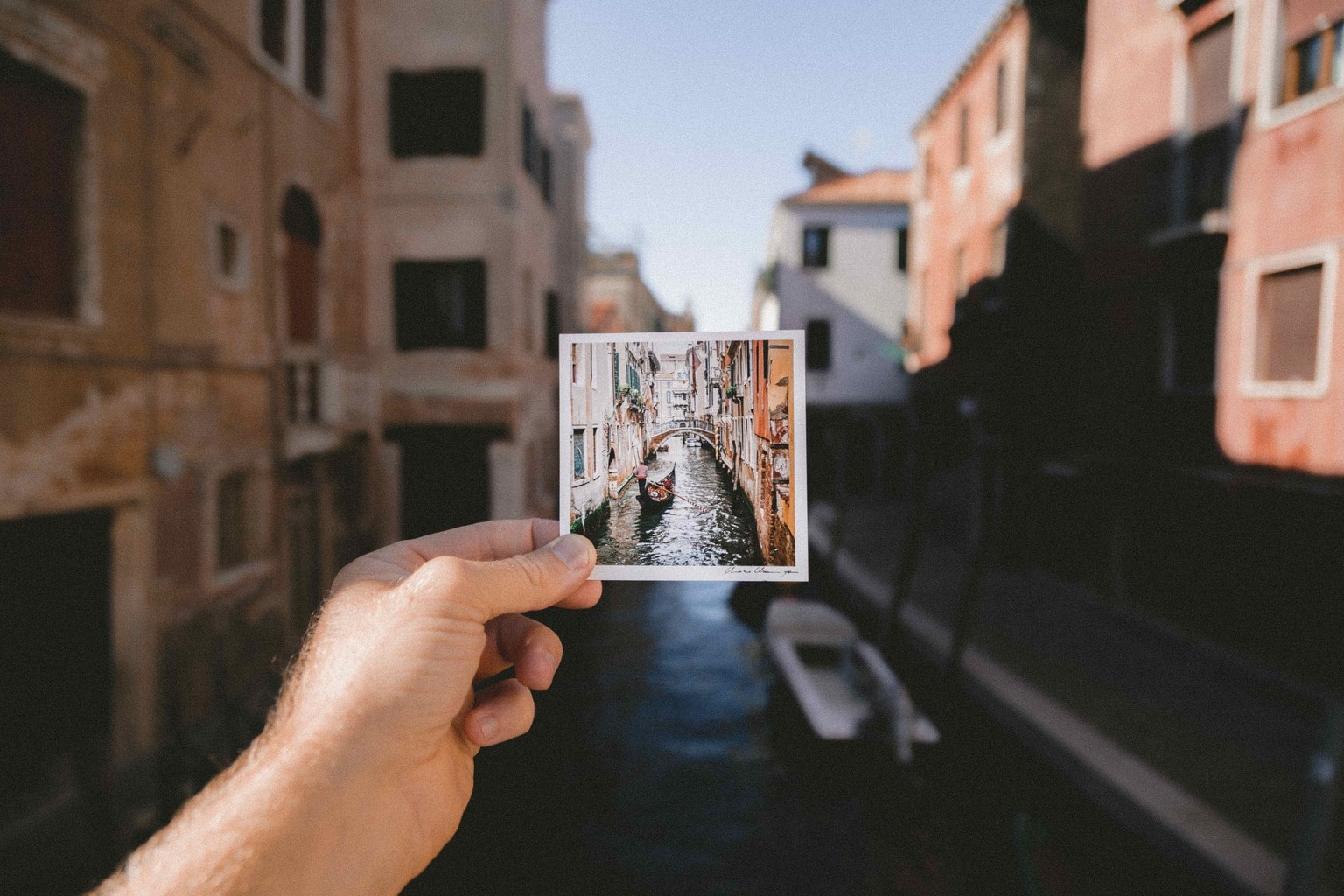
Hopefully this mega guide will help you on your travels. If these tips help you achieve your best travel photos, I will be a little happier. And even more so if you share it and we help more people with your small-big gesture.

